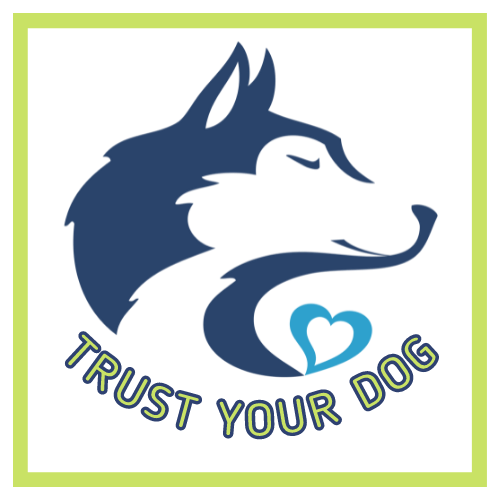Measuring/Fitting Guides
Measuring Correctly
It is VERY important to measure your dog correctly so that they have the best fit possible for them when your muzzle arrives. Use a flexible tape measure or string that can be held up to a ruler.
Make sure there is space for your dog to pant without having their jaw restricted. If you can't get a panting measurement ask your dog to hold a toy that mimics their full panting abilities. If you can't get a panting measurement you'll want to add 2-5 inches to your dog's closed muzzle circumference based on your dogs body size. Small dogs add less. Larger dogs add more. You can check your estimate by making a loop with your tape measure and luring your dog into the loop to visualize how that circumference will fit them.
Take Video or Photos of Your Measurements
Make sure to record and submit yourself taking your dog's measurements. We know know that you're investing in your muzzle and we want to make sure you get a muzzle that fits. By videoing or photographing yourself taking the measurements we can confirm the dimensions are correct. Mis-measurements still do happen but this helps to reduce those odds.
How to measure your dog for a TYD Muzzle!
Need help measuring or picking your options?
Want more measuring help?
If you still need more help either measuring or adjusting your muzzle feel free to make a Zoom appointment with a measurement specialist by clicking the button below. You may also use a consult to discuss special adjustments for your dog's specific face or you can make a note in your order form.
Measuring Correctly
You'll only need to measure a forehead length if you want a forehead strap, otherwise enter "NA" in the forehead field.
Head length may be a rough estimate on how long to make the side straps so you can make your final adjustments when you get your muzzle at home.
The neck measurement helps me estimate your dog's collar size so again you can make the final adjustments when you get your muzzle home. You'll want this strap to fit high and tight behind your dog's ears so they can't get it off. The collar is the "anchor" for the whole muzzle.
Fit Your Muzzle
When you get your muzzle home it's important to make sure it fits your dog appropriately. Start by unscrewing the rivets on the side/cheek straps. Remove the forehead strap at this point as well if you have one. Place the muzzle on your dog and adjust the strap that goes around their neck so it's snug and can't be pulled over their ears. You'll do this by unscrewing the rivets to the side release snap and pulling the biothane thru the clip until it's snug.
With the collar snugly adjusted rest the side/cheek straps over the collar portion so that the muzzle rests evenly and out of your dog's eyes. Take note of the holes that overlap and screw the rivets back in to secure the muzzle to the collar. This keeps the muzzle from sliding off of your dog's nose. This is a good time to adjust the forehead strap so it doesn't lift or pull the muzzle into your dog's eyes.
A Good Fit
A well fitted basket muzzle should allow for a dog to pant freely without holding the mouth closed at all. This might mean there is a gap under the dog's jaw if they don't pant often. For some dogs, this gap means that the muzzle might bounce up into their eyes if they are running and not panting. You can secure the muzzle and prevent bouncing by clipping the muzzle under your dog's chin to their collar.
Your dog's nose should extend almost to the end of the muzzle but not be touching. Some resources say there should be 1/2" - 1" between the end of the muzzle and your dog's nose.
The muzzle should rest flat on your dog's muzzle. A biothane muzzle shouldn't lift at the end of your dog's nose. If it does the forehead strap may be too tight. The vinyl muzzle, however, does lift at the end of the dog's nose, relieving all pressure points at the tip of the dog's nose.





